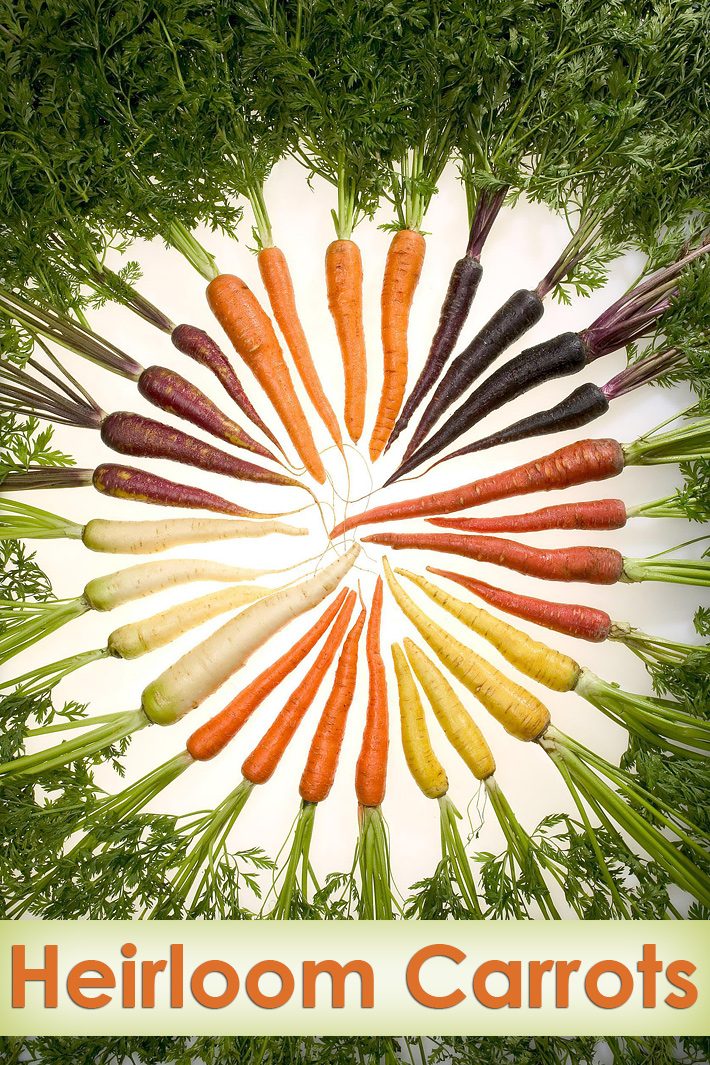
Have you heard of heirloom carrots?
Multicolored heirloom carrots have captured the imagination of diners. Now you too can grow these ancient carrots at home. Heirloom carrots come in a variety of colors, white, yellow, pink, purple and of course, orange.
Carrots have been grown for thousands of years around the world. The purple carrot is the most common in Afghanistan, the pink in India and white and yellow carrots were the most common in Europe until just a few centuries ago.
Heirloom carrots can be used in all of your carrot recipes. Roast carrots with meat, sauté, or enjoy raw in a salad. Decorate your meal with a bouquet of edible color! The foliage of early-harvest carrots can be eaten too!
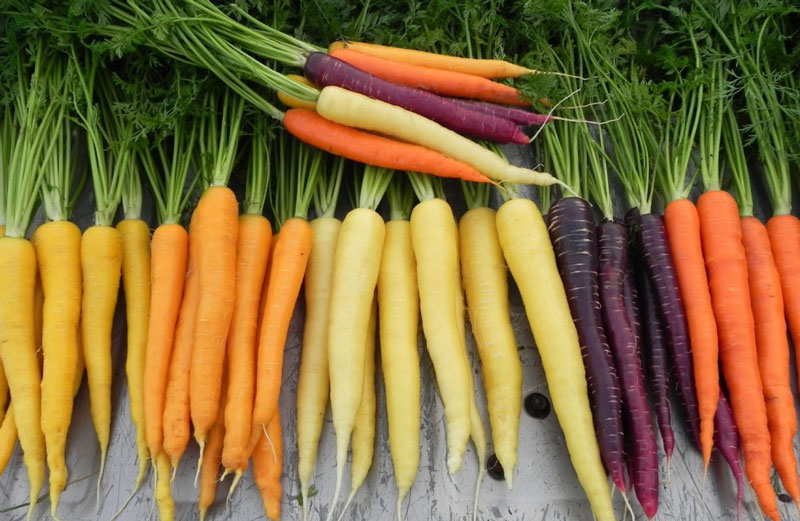
The truth about heirloom carrots
While all heirloom carrots are tasty, their flavors and nutrients vary. Purple carrots contain antioxidants much like blueberries. Carrots contain Vitamin A, trace nutrients and fiber. If you are having a hard time getting your children to eat their vegetables, a purple or white carrot just might do the trick.
How to plant and grow heirloom carrots
Growing organic carrots is very simple and is an excellent project for the beginning gardener. Because carrots are a root, and are grown underground, they are very sturdy and need little attention. You can choose to plant from seed or seed pellet, both available at your local nursery.
The most important element of a bountiful carrot crop is healthy soil. Carrots require a light soil. Add very well processed compost to your soil and dig it in deep. Add bone meal to loosen soil. Check the soil for consistency in texture. Un-decomposed matter or rocks will alter the shape of your carrots. The soil should be loose and rich.
Carrots can be planted throughout the year. Check your gardening zone for local carrot planting times for your particular climate. However, if planted throughout the year, carrots can also be harvested throughout the year, and can be stored for up to three months. If you time it right, you can have carrots year-round!
Choose the right carrot variety before you plant
There are two main varieties of carrots: early harvest and main crop. Early harvest carrots can be harvested before reaching full maturity. They are tastier and sweeter and more expensive in the market. These carrots are usually harvested in May. Early harvest carrots prefer full sun while main crop carrots need light shade in the summer.
When planting your carrot seeds dig a long trench, about one inch deep. Plant the seeds about one inch apart. Even though the seeds are tiny, avoid planting too many as you will have more thinning work to do later.
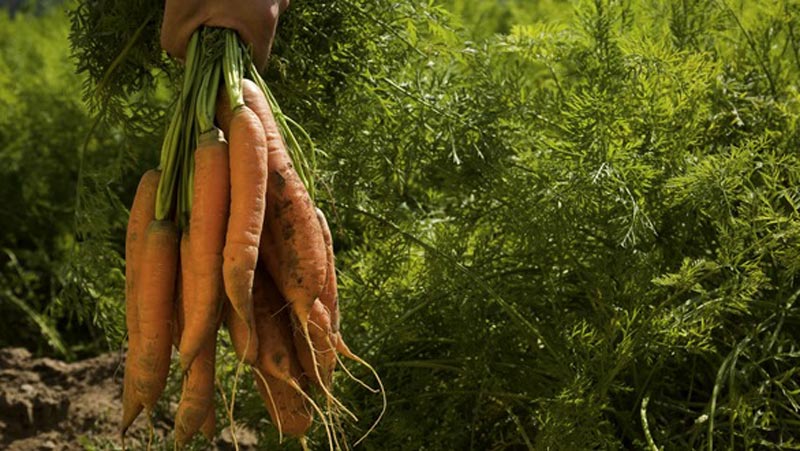
How to keep your carrots healthy
A common enemy of the carrot is the Carrot Rust Fly. This fly lays its eggs in carrot plants and the larvae eat through the carrots themselves, causing them to rot. The carrot fly also attacks similar plants like parsnips and beets. You may be able to tell that your plants are under attack if the foliage reddens or wilts. There are not always obvious signs that Carrot Flies have infested.
There are several ways to prevent the Carrot Fly from ruining your plot. If you avoid planting your carrots during the period when the fly lays its eggs, you may have nothing to worry about. Do not plant carrots from mid April through early June or mid July through early September.
Carrot flies are attracted to the smell of carrots. When harvesting or thinning your carrots, do so on a still evening. The flies are dormant in the evening and the lack of wind will prevent the smell of carrots from spreading. A thin net spread over your carrot rows will prevent the female flies from laying eggs in your carrots and a high wind area is unappealing to the flies as they are not strong fliers.
Carrots and Winter
To prevent fungus from infecting your carrot crops, be sure to remove old carrots every year. Pull all carrots by late October, carrots left in the ground through the winter are likely to attract disease which will remain in the soil through next season. If your soil is infected, try solarizing it. This is a process in which a plastic sheet (though, be selective as to what type of plastic you use. Any PVC plastics should be avoided as plasticizers are added which leak into the soil.) is placed over bare soil for several weeks effectively burning off diseases and pests.
If your crops appear to be affected by rust, remove affected foliage (those leafs spotted with orange). You may have to remove some plants in order to increase air circulation. Also, avoid adding nitrogen to your garden in any form, as these encourage rust growth.
Carrots are a staple around the world. Cuddled by the soil, they are cared for by the earth and encouraged by their organic gardener. Heirloom carrots provide a fun variation on old traditions and organic heirloom carrots are just that much tastier, easier and healthier for you and everybody.
Please follow us on Facebook Page and enjoy our collection of recipes, crafts, fitness, health tips, gardening, DIY and more…
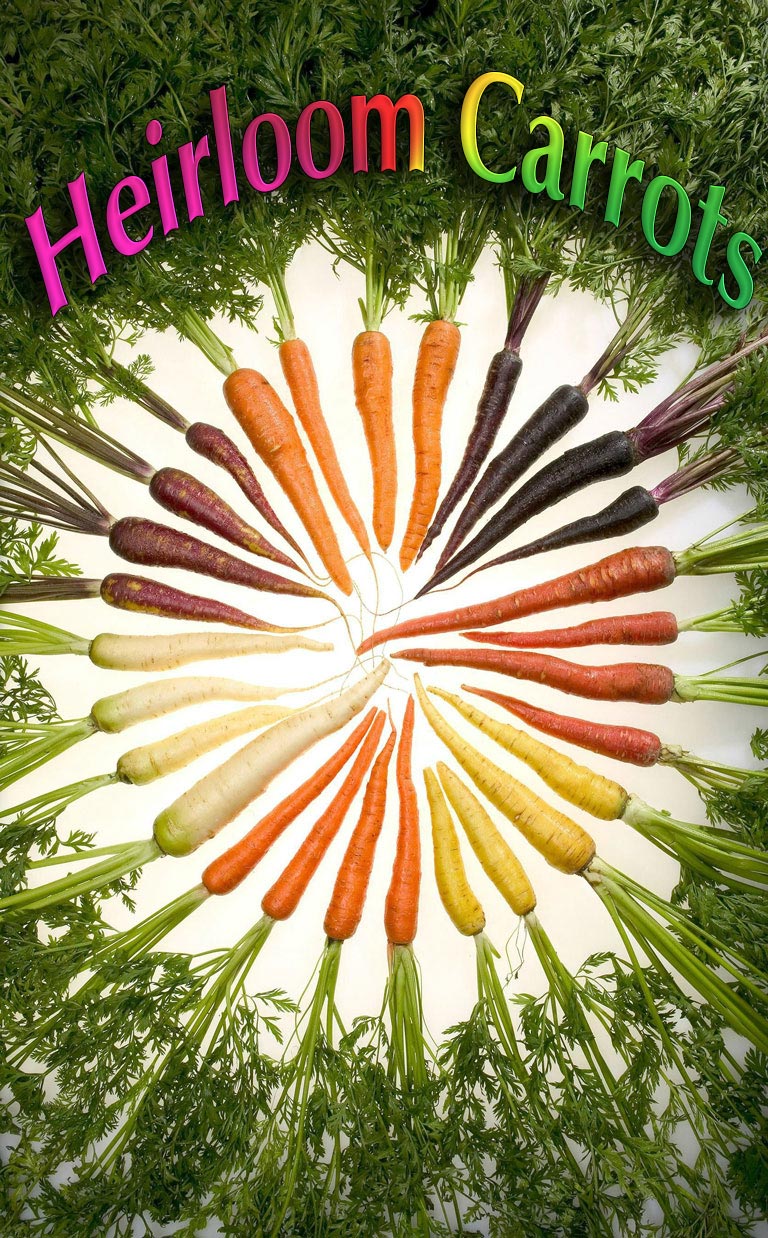

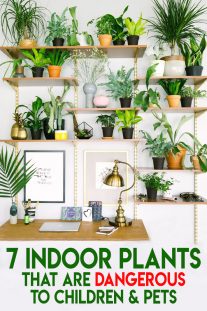
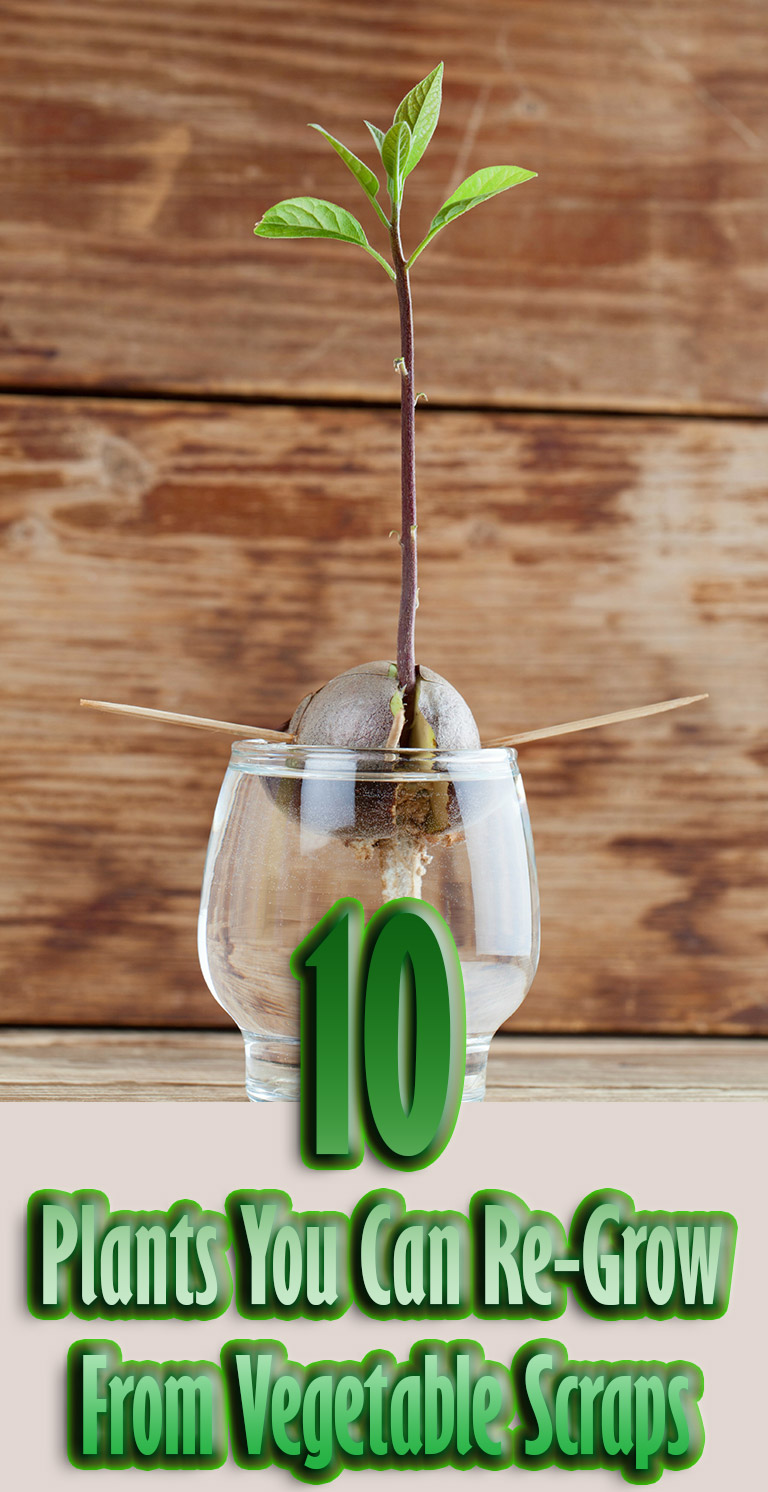

Leave a Reply